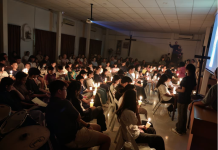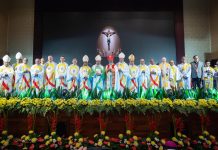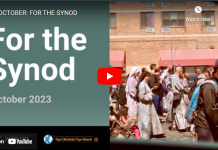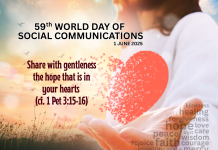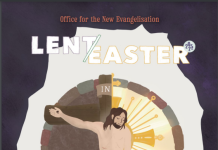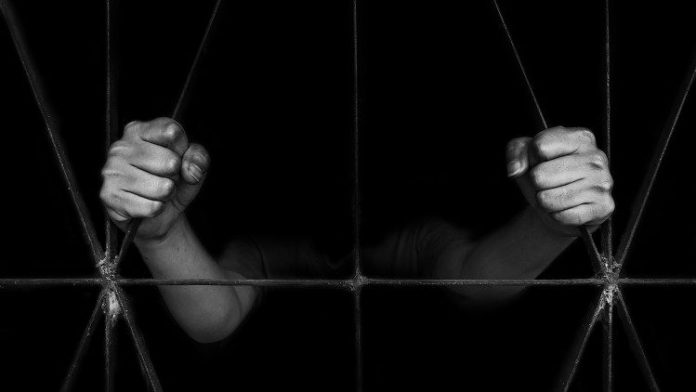
VATICAN CITY — Every year on 2 December, the International Day for the Abolition of Slavery shines the spotlight on the atrocities of modern slavery that still exist in the world.
The focus of this day is on eradicating forms of slavery including: situations of forced labor, sexual exploitation, child labor, debt bondage, forced marriages, human trafficking, and the forced recruitment of children for use in armed conflict.
According to the International Labour Organization (ILO), more than 40 million people worldwide are victims of different forms of modern slavery. In addition, more than 150 million children are subject to child labor – a figure that represents almost one in every ten children around the world.
Slavery not only in the past
The scourge of slavery has manifested itself and evolved in different ways throughout history. Some of its traditional forms still exist today, while others have been transformed into new ones.
Some forms of slavery even find their footing in cultural and traditional beliefs and customs. Findings from UN human rights bodies indicate that some forms of slavery are the result of long-standing discrimination against vulnerable groups in societies – many of them considered to be of low castes, tribal minorities and indigenous peoples.
Modern slavery in different forms
The UN draws attention to contemporary forms of forced labor alongside traditional forms such as bonded labor and debt bondage. The international body highlights the situations of people who have been trafficked for economic exploitation of any kind in the world economy, such as migrant workers, those who work in domestic servitude, and workers in the construction industry, the food and garment industry, and the agricultural sector.
Another instance of modern slavery is child labor. This involves children used for economic exploitation, especially in situations when work deprives them of their childhood or their right to education; or instances that can be harmful to the child’s heath or to his or her physical, mental, spiritual, moral or social development.
Trafficking in persons – the recruitment, transportation, reception, harboring or transfer of persons by force or coercion for exploitation – is another form of modern slavery. This includes prostitution, forced labor, slavery and servitude. The UN underlines that the “consent of the person trafficked for exploitation is irrelevant and if the trafficked person is a child, it is a crime even without the use of force.”
Pope Francis: outspoken against slavery
The Holy Father has been a constant voice calling for the eradication of situations of exploitation and modern forms of slavery.
To commemorate this International Day on Wednesday, the Pope sent out a message on his Twitter account:
“Today, as in the past, slavery is rooted in a notion of the human person that allows people to be treated like an object, it tramples their dignity. Slavery makes us “un-dignified” because it takes way everyone’s dignity.”
During an online seminar organized by the Bishops’ Conference of Argentina to observe the World Day Against Trafficking in Persons celebrated on 30 July 2020, Pope Francis, in a message delivered by Cardinal Pietro Parolin, described modern-day slavery as “a scourge that wounds the dignity of our weakest brothers and sisters” in our contemporary world “sadly marked by a utilitarian perspective that views others according to the criteria of convenience and personal gain.”
What can be done?
To participate in efforts against slavery in all its forms, the ILO emphasizes addressing the root causes of forced labor, particularly by educating vulnerable groups and providing economic empowerment through skill development.
Other possible ways of combatting this scourge, the ILO says, include becoming informed consumers and avoiding products made by companies that use child labor or other forms of slavery, supporting local anti-trafficking efforts, and pushing for political authorities to take action to end modern slavery.
History
The International Day for the Abolition of Slavery recalls the adoption of the UN Convention for the Suppression of the Traffic in Persons and of the Exploitation of the Prostitution of Others on 2 December 1949.
In 1985, a UN Working Group on Slavery report proposed 2 December as the World Day for the Abolition of Slavery. Ten years later, on 2 December 1995, the day was internationally proclaimed as a World Day.


